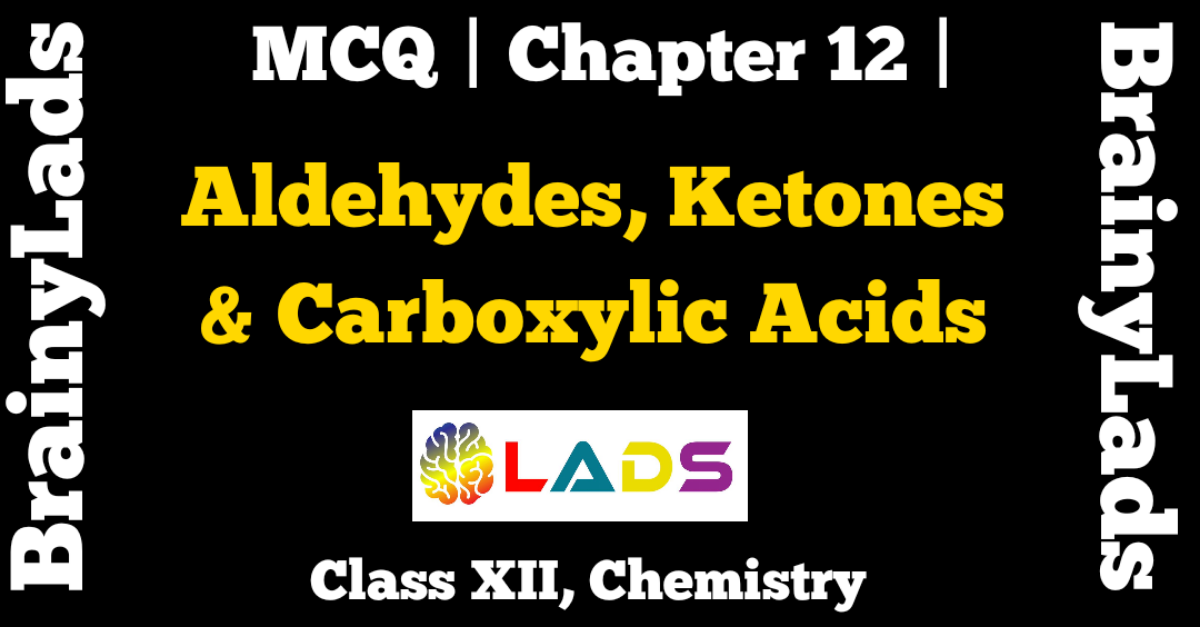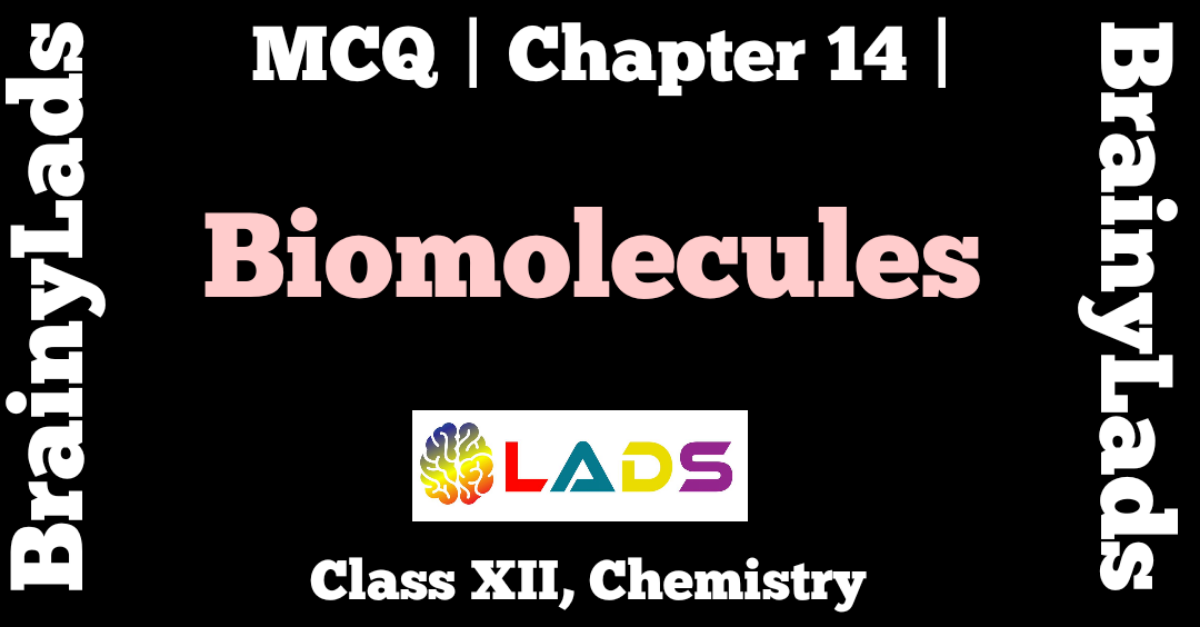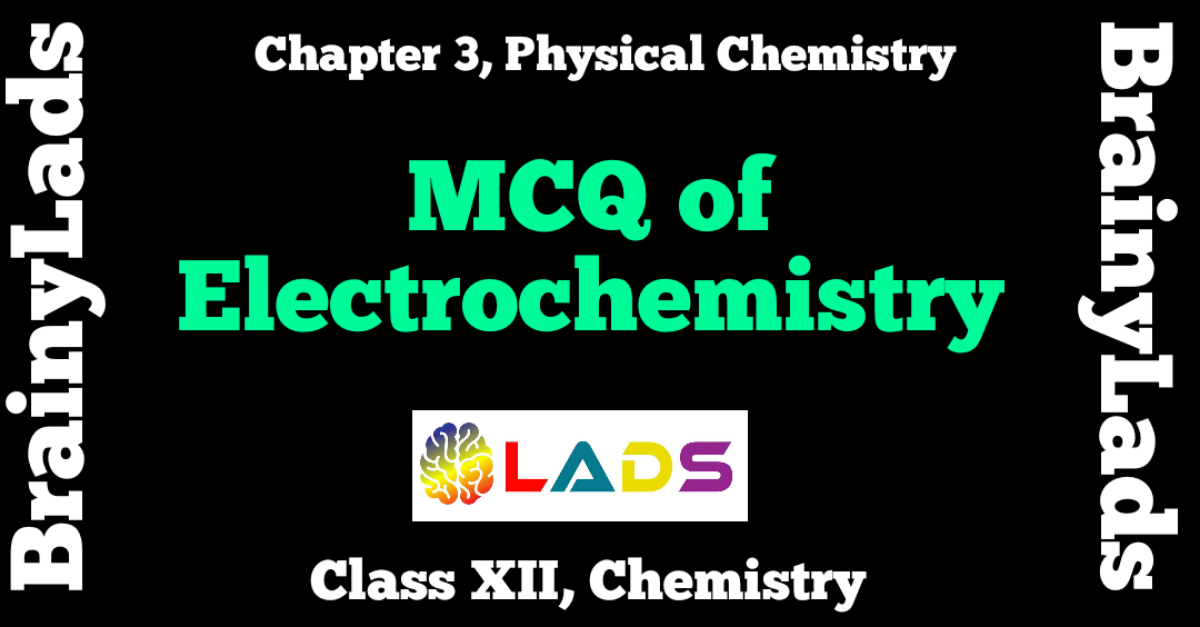MCQ of The Solid State | Chapter 1 | Chemistry | Class 12 | CBSE |
MCQ of The Solid State | Chapter 1 | Chemistry | Class Xll | CBSE |
MCQ of The Solid State
Question 1: Ionic solids conduct electricity in molten state but not in solid state because
- In molten state free ions are furnished which are not free to move in solid state
- In solid state, ionic solids are hard , brittle and become soft in molten state
- All solids conduct electricity in molten state
- in solid state, ions are converted to atoms which are insulators
Answer: A (In molten state free ions are furnished which are not free to move in solid state)
Question 2: What type of solid is SiC ?
- Covalent or network solid
- Metallic solid
- Ionic solid
- Molecular solid
Answer: A (Covalent or network solid)
Question 3 : Name one solid which has both Schottky and Frenkel defects.
- Silver Chloride
- Silver Bromide
- Cesium Chloride
- Zince Blende
Answer: B (Silver bromide)
Question 4 : What is the coordination number of an octahedral void ?
- Four
- Eight
- Six
- None of these
Answer: C (Six)
Question 5 : What type of interaction hold the molecules together in a polar molecular solid ?
- Van der Waals force
- Hydrogen Bonding
- Columbic Force
- Dipole – dipole interaction
Answer: D (Dipole- dipole interaction)
Question 6 : In a crystal of zinc sulphide, zinc occupies tetrahedral voids. What is the coordination number of zinc?
- Four
- Six
- Eight
- None of these
Answer: A (Four)
Question 7: Arrange the following according to their packing fractions: Simple cubic, Face centred cubic, body centred cubic
- Body centred < face centred < Simple
- Simple < body centred < face centred
- Simple < face centred < body centred
- Face centred < simple < body centred
Answer: B (Simple < body centred < face centred)
Question 8: Name the type of point defect that occurs in a crystal of zinc sulphide.
- Schottky defect
- Vacancy defect
- Frenkel defect
- Metal deficiency defect
Answer: C (Frenkel defect)
Question 9: Which point defect in crystals of a solid does not change the density of the solid?
- Frenkel defect
- Vacancy defect
- Schottky defect
- Metal deficiency defect
Answer: A (Frenkel defect)
Question 10: What is the cause of electrical conductivity in metals ?
- Due to flow of electrons
- Due to flow of ion in solution
- Due to presence of impurities and defects
- None of these
Answer: A (Due to flow of electrons)
You may also read MCQ of The Solid State, MCQ of Solutions, MCQ of Electrochemistry, MCQ of Chemical Kinetics, MCQ of Surface Chemistry, MCQ of General Principles and Processed of Isolation of Elements, MCQ of the p-Block Elements, MCQ of the d-And f-Block Elements, MCQ of Coordination Compounds, MCQ of Haloalkanes and Haloarenes, MCQ of Alcohols, Phenols and Ether, MCQ of Aldehydes, Ketones and Carboxylic Acids, MCQ of Amines, MCQ of Biomolecules, MCQ of Polymers, MCQ of Chemistry in Everyday Life
Question 11: What is the percentage of empty space in a body centred cubic arrangement?
- 54 %
- 68 %
- 32%
- 74 %
Answer: C (32 %)
Question 12: If the radius of an octahedral void is r and radius of atom in close packing is R, the relation between r and R is
- r = 0.732 R
- r = 0.414 R
- r = 0.225 R
- None of these
Answer: B (r = 0.414 R)
Question 13: Solid X is a very hard solid which is electrical insulator in solid as well as in molten state and has extremely high boiling point. What type of solid is it?
- Ionic Solid
- Metallic Solid
- Molecular Solid
- Covalent solid
Answer: D (Covalent solid)
Question 14: What type of substance would make better permanent magnets
- Ferromagnetic
- Ferrimagnetic
- Anti- ferrimagnetic
- Paramagnetic
Answer: A (Ferromagnetic)
Question 15: What is two dimensional coordination number of a molecule in square close- packed structure?
- 4
- 6
- 12
- 8
Answer: A (4)
Question 16: How does the electrical conductivity of semiconductors vary with temperature?
- Decreases
- Increases
- Remain unchanged
- None of these
Answer: B (Increases)
Question 17: A crystal is made of particles X and Y, X forms fcc packing and Y occupies all the octahedral voids. If all the particles along one bond diagonal are removed then the formula of crystal would be
- X4Y3
- X5Y4
- X4Y5
- none of these
Answer: B (X5Y4 )
Question 18: How does the electrical conductivity of metallic conductors vary with temperature?
- Remain Unchanged
- Increases
- Decreases
- None of these
Answer: C (Decreases)
Question 19: Which of the following does not represent a crystal system?
- Triclinic
- Monoclinic
- Rhombohedral
- Isotropical
Answer: C (Isotropical)
Question 20: In a schottky defect
- An ion moves to interstitial position between the lattice points
- Electrons are trapped in a lattice site
- Some lattice sites are vacant
- Some extra cations are present in interstitial spaces
Answer: D (Some lattice sites are vacant)
Question 21: To get n type semiconductor, germanium should be doped with
- Gallium
- Arsenic
- Aluminium
- Boron
Answer: B (Arsenic)
Question 22: Which of the following statements is not true about the voids?
- Octahedral void is formed at centre of six spheres which lie at the apices of a regular octahedron.
- There is one octahedral site for each sphere.
- There are two tetrahedral sites for each sphere.
- Octahedral voids are formed when triangular voids in second layer exactly overlap with similar voids in the first layer.
Answer: A (Octahedral voids are formed when triangular voids in second layer exactly overlap with similar voids in the first layer.)
Question 23: If three elements, X, Y and Z crystallise in a ccp lattice with X atoms at the corners, Y atoms at the cube centre and Z atoms at the edges, the formula of the compound will be
- XYZ
- XYZ2
- XYZ3
- X2Y2Z
Answer: C (XYZ3)
Question 24: Silver halides generally show
- Schottky defect
- Frenkel defect
- Both Frenkel and Schottky defect
- Cation excess defect
Answer: C (Both Frenkel and Schottky defect)
Question 25: Which of the following will have metal deficiency defect?
- NaCl
- FeO
- KCl
- ZnO
Answer: B (FeO)
Question 26: Pure silicon and germanium behave as
- Conductors
- Semiconductors
- Insulators
- Piezoelectric crystals
Answer: C (Insulators)
Question 27: Which of the following crystals does not exhibit Frenkel defect?
- AgBr
- AgCl
- KBr
- ZnS
Answer: C (KBr)
Question 28: An electron trapped in an anionic site in a crystal is called
- F-centre
- Frenkel defect
- Schottky defect
- interstitial defect
Answer: A (F-centre)
Question 29: The edge length of fcc cell is 508 pm. If radius of cation is 110 pm, the radius of anion is
- 110 pm
- 220 pm
- 285 pm
- 144 pm
Answer: D (144 pm)
Question 30: Alkyl halides do not show Frenkel defect because
- Cations and anions have almost equal size
- There is a large difference in size of cations and anions
- Cations and anions have low coordination number
- Cnions cannot be accommodated in voids
Answer: C (Cations and anions have almost equal size)
Do share the post if you liked it. For more updates, keep logging on BrainyLads




Extremely informative !
Knowledgeable and proficient👍👍👍